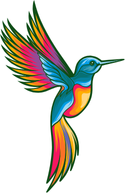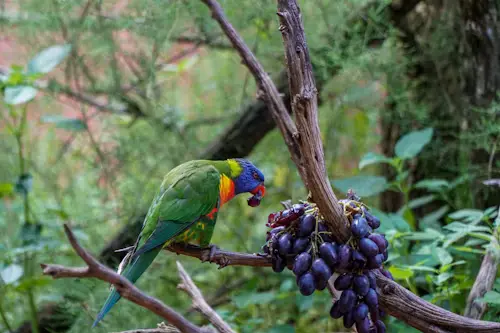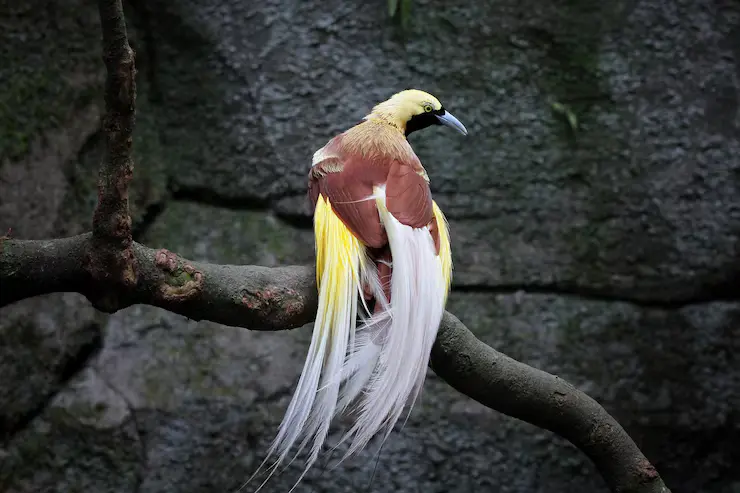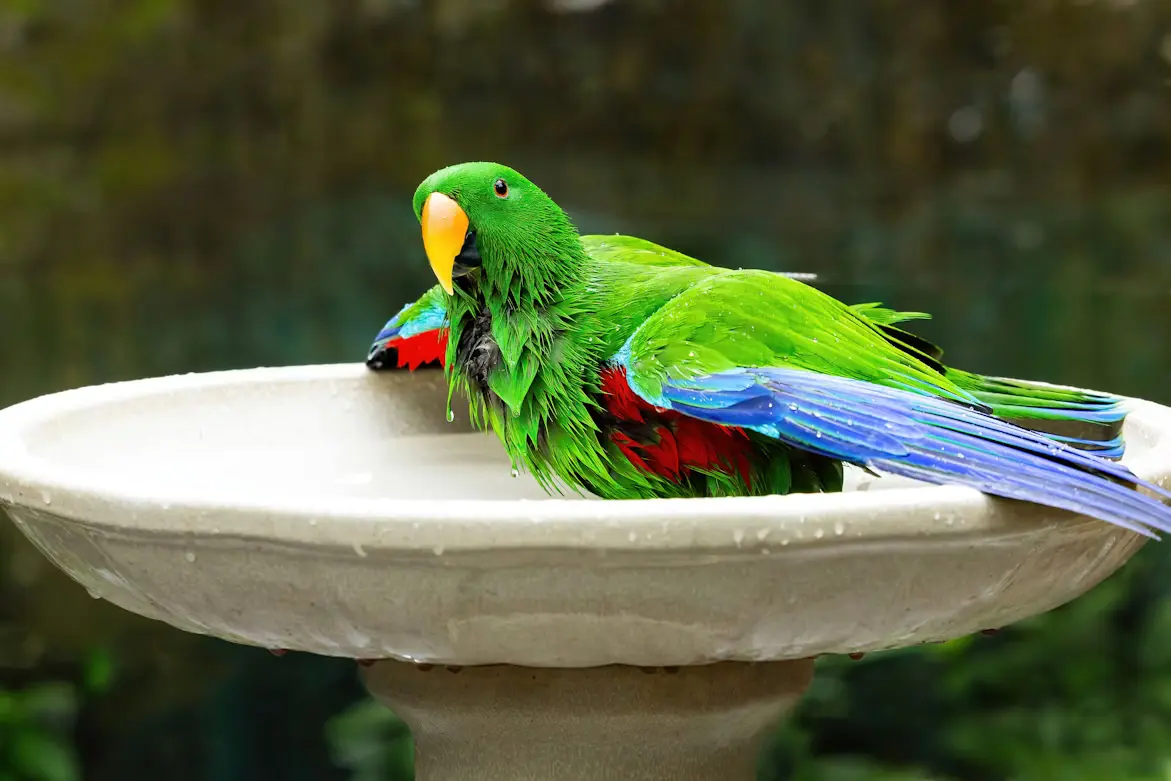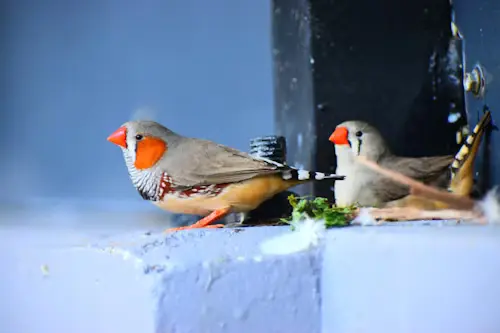Cockatiel Bird Toys: Proven Best Choices For A Happy Bird
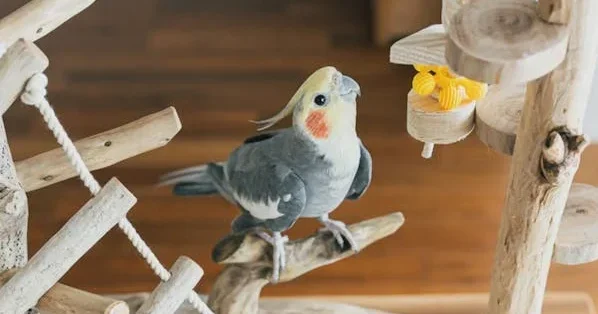
Table of Contents
Introduction: Why Toys Matter for Cockatiels
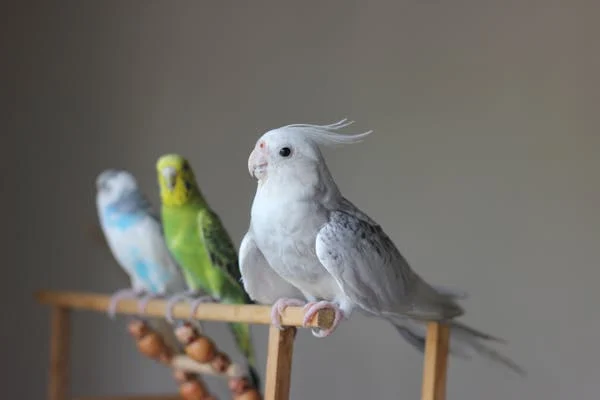
Cockatiels are intelligent, curious birds that thrive on mental stimulation and physical activity. In the wild, these playful creatures spend hours foraging, exploring, and interacting with their environment. In captivity, cockatiel bird toys aren’t just optional accessories—they’re essential tools for maintaining both physical and mental health.
Without proper stimulation, cockatiels can quickly become bored, leading to depression, lethargy, and problematic behaviors like feather plucking. The right toys encourage exercise, promote natural behaviors, provide mental challenges, and create opportunities for enrichment that are vital for your feathered friend’s wellbeing.
“A stimulated cockatiel is a happy cockatiel. Toys aren’t luxuries—they’re necessities for these intelligent birds.” – Avian Behavior Specialist Dr. Amanda Wilson
In this comprehensive guide, we’ll explore everything you need to know about cockatiel bird toys, from the different types available to safety considerations, DIY options, and how to choose the perfect toys for your specific bird’s personality and needs.
Types of Cockatiel Toys: Meeting Different Needs
Chew Toys
Cockatiels have a natural instinct to chew, which helps keep their beaks trimmed and provides mental stimulation. Safe cockatiel toys for chewing include:
- Wood items: Untreated pine, balsa, or birch pieces
- Natural fibers: Sisal, cotton, or hemp ropes
- Seagrass mats: Durable and perfect for shredding
- Paper products: Unprinted cardboard or paper rolls
These toys allow your cockatiel to express natural behaviors while exercising their jaw muscles and maintaining beak health.
Foraging Toys
In the wild, cockatiels spend up to 70% of their day foraging for food. Cockatiel toys for boredom prevention should include foraging options like:
- Puzzle feeders: Toys that make your bird work to access treats
- Treat dispensers: Objects that release small treats when manipulated
- Foraging boxes: Containers filled with paper strips hiding treats
- Activity boards: Mounted toys with different compartments for exploration
Foraging toys not only keep your cockatiel busy but also satisfy their natural instinct to search for food, providing essential mental stimulation.
Interactive Toys
Interactive options are among the best cockatiel toys for encouraging movement and play:
- Bells: Small, stainless steel bells that make satisfying sounds
- Mirrors: Can provide companionship (use sparingly with some birds)
- Swings: Promote balance and provide exercise
- Ladders: Encourage climbing and exploration
- Hanging toys: Items that move when touched, encouraging interaction
These toys promote physical activity and can help prevent obesity in pet cockatiels.
Foot Toys
Small manipulable objects designed to be held in your cockatiel’s foot while perched:
- Plastic links: Colorful chain links for manipulation
- Small balls: Lightweight plastic or wooden balls
- Finger traps: Small woven tubes that can be held and chewed
- Beads: Large wooden beads strung on safe materials
Foot toys encourage dexterity and provide entertainment during quiet times.
Destructible Toys
Toys designed to be safely destroyed satisfy a cockatiel’s natural shredding instincts:
- Shreddable toys: Items made from papers, thin woods, or plant fibers
- Pinecones: Natural items perfect for taking apart
- Loofa pieces: Natural sponge material that can be safely shredded
- Woven plant material: Items like wicker or seagrass that can be dismantled
These toys should be considered consumable and replaced regularly.
Musical Toys
Cockatiels are naturally attracted to sound, making musical toys particularly engaging:
- Small tambourines: Toys that make gentle sounds when touched
- Xylophone toys: Simple percussion toys with different tones
- Crinkle toys: Items that make interesting sounds when manipulated
These toys appeal to your cockatiel’s auditory sensitivity and natural musicality.
Toy Safety: Protecting Your Cockatiel
Materials to Avoid
When selecting safe cockatiel toys, always avoid:
| Unsafe Materials | Why They’re Dangerous |
|---|---|
| Zinc | Toxic if ingested, found in some metals |
| Lead | Highly toxic, sometimes in older toys or weights |
| Chrome | Can cause metal poisoning |
| Certain plastics | Can contain BPA and phthalates |
| Painted toys | May contain lead or toxic chemicals |
| Small parts | Choking hazards if detached |
| Strings/threads | Risk of entanglement |
Size Considerations
Always ensure toys are appropriately sized:
- Large enough that they can’t be swallowed whole
- No small parts that could detach easily
- Openings that won’t trap your bird’s head, feet, or beak
- Appropriate for your individual bird’s size and strength
Regular Inspection
Even the best cockatiel toys need regular inspection:
- Check daily for damaged parts
- Look for frayed ropes or threads
- Examine for sharp edges from chewing
- Verify all parts remain securely attached
- Replace toys at the first sign of significant wear
Cleaning Protocol
Keep cockatiel bird toys clean with this routine:
- Remove visibly soiled toys immediately
- Wash plastic and metal toys weekly with mild, bird-safe soap
- Rinse thoroughly to remove all soap residue
- Disinfect monthly with a bird-safe disinfectant (vinegar solution is often suitable)
- Allow toys to dry completely before returning to the cage
- Replace wooden or destructible toys rather than washing them
Choosing the Right Toys: Personalization Matters
Consider Your Cockatiel’s Personality
Not all cockatiels enjoy the same toys. Consider your bird’s unique traits:
- Bold birds often enjoy noise-making toys and complex puzzles
- Shy birds might prefer quieter toys that don’t move suddenly
- Energetic birds benefit from swings, ladders, and toys that encourage movement
- Methodical birds may enjoy foraging toys and puzzles
Age and Activity Level
Adjust toy selection based on your bird’s life stage:
- Young cockatiels: Durable toys that can withstand enthusiastic play
- Adult birds: Varied selection focusing on mental stimulation
- Senior birds: Easier-to-manipulate toys positioned for convenient access
Cage Size Considerations
Make sure your toy selection works with your cage setup:
- Provide enough toys for enrichment without overcrowding
- Leave clear flight paths across the cage
- Position toys at different heights and locations
- Ensure toys don’t block access to food or water
Toy Rotation: Keeping Interest Alive
Regular rotation of cockatiel toys for boredom prevention is crucial:
- Rotate toys every 1-2 weeks to maintain interest
- Keep 3-4 different toys in the cage at any time
- Store unused toys in a clean, dry place
- Introduce one new toy at a time to gauge interest
- Note which toys are favorites and include similar items in your rotation
A well-planned rotation system prevents habituation and keeps your cockatiel engaged with their environment.
DIY Cockatiel Toys: Creativity on a Budget
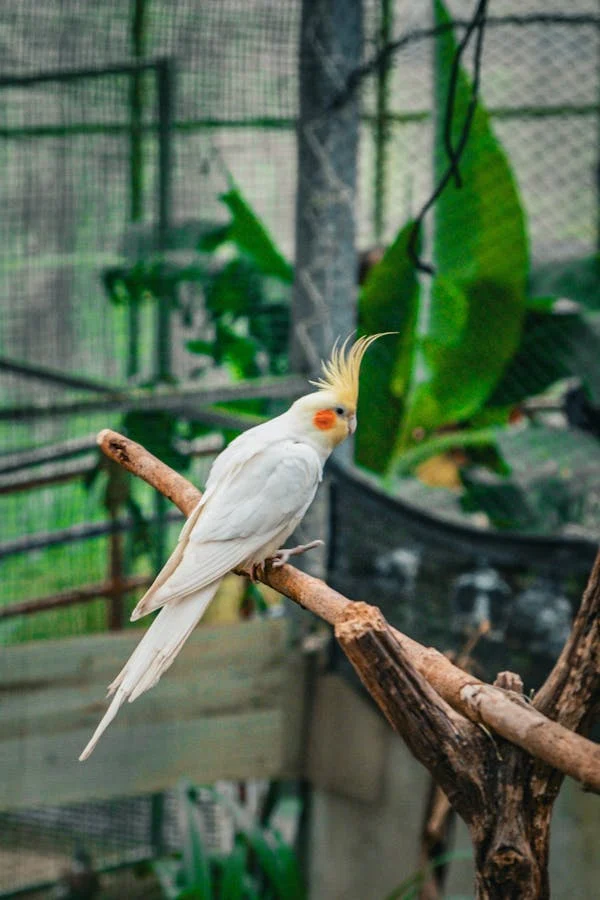
Creating DIY cockatiel toys can be both economical and fun:
Paper Roll Puzzles
- Take an empty toilet paper roll
- Cut small holes in the sides
- Place small treats inside
- Fold the ends closed
- Hang in the cage for a simple foraging toy
Stringing Toy
- String large wooden beads, small pieces of untreated wood, and bird-safe plastic parts on stainless steel wire or bird-safe rope
- Secure ends well to prevent unraveling
- Hang vertically for climbing and chewing
Paper Chain
- Cut colorful, unprinted paper into strips
- Create interlocking loops
- Hang in the cage for a destructible toy that’s safe to shred
Natural Branch Perches
- Use untreated branches from bird-safe trees (apple, pear, willow)
- Clean thoroughly and bake at 200°F for 30 minutes to disinfect
- Add interest by inserting small wood pieces or safe materials for chewing
Addressing Boredom: Preventing Behavioral Issues
Properly selected cockatiel bird toys help prevent common behavioral problems:
- Feather plucking: Often caused by boredom or stress, appropriate toys provide alternative outlets for energy
- Excessive screaming: Can be reduced by engaging toys that occupy attention
- Aggression: Sometimes stems from frustration that can be redirected to toy play
- Stereotypic behaviors: Repetitive movements can indicate boredom addressable with varied enrichment
“I’ve seen remarkable behavioral transformations in cockatiels simply by implementing an effective toy rotation system. It’s one of the easiest ways to improve your bird’s quality of life.” – Exotic Bird Specialist Dr. Michael Greene
Recommended Toys: Top Picks in Each Category
Based on safety, durability, and bird engagement, here are some of the best cockatiel toys by category:
Top Chew Toys
- Planet Pleasures Natural Finger Traps
- JW Pet Activitoy Birdie Bowling Pin
- Kaytee Natural Wooden Toys
Best Foraging Options
- Creative Foraging Systems Box
- Super Bird Creations Foraging Pouch
- Eternal Toys Treat Ball
Recommended Interactive Toys
- Bonka Bird Toys Spiral Swing
- Super Bird Creations Olympic Rings
- Prevue Pet Products Cosmic Crunch
Quality Foot Toys
- Peekaboo Perch Plastic Links
- Paradise Knots Block
- Wesco Bird Kabob Minis
Where to Buy Cockatiel Toys
Local Options
- Independent pet stores often have knowledgeable staff
- Bird specialty shops carry unique, high-quality options
- Some veterinary offices sell bird-safe toys
Online Retailers
- Specialty bird websites (e.g., MySafeBirdStore, BirdSupplies.com)
- Major pet retailers (Petco, PetSmart, Chewy)
- Craft marketplaces for handmade options (Etsy)
- General retailers (Amazon) with extensive selections
Frequently Asked Questions (FAQs)
Q: How many toys should be in my cockatiel’s cage at once?
A: Generally, 3-4 different types of toys provide good variety without overcrowding. Rotate toys regularly to maintain interest.
Q: My cockatiel seems afraid of new toys. What should I do?
A: Introduce new toys gradually. Place them outside the cage first for observation, then move them to the cage bottom before hanging them in their final position.
Q: How often should I replace my cockatiel’s toys?
A: Destructible toys should be replaced once significantly damaged. Durable toys should be replaced if they show cracks, loose parts, or excessive wear. Most toys should be evaluated at least monthly.
Q: Are mirror toys good for cockatiels?
A: Mirrors should be used cautiously. While some birds enjoy them, others may become overly attached or territorial. Monitor your bird’s behavior with mirrors and remove them if you notice negative changes.
Q: Can I use children’s toys for my cockatiel?
A: Most children’s toys are not bird-safe. They may contain toxic materials or small parts that could be dangerous. Stick to toys specifically designed for birds or DIY options using bird-safe materials.
Conclusion: Creating an Enriching Environment
Providing appropriate cockatiel bird toys isn’t just about entertainment—it’s about creating an environment that supports your bird’s physical and psychological wellbeing. Through thoughtful selection, regular rotation, and attention to safety, you can help ensure your feathered companion leads a stimulating, enriched life.
Remember that toys are just one component of responsible cockatiel care. Combined with a proper diet, regular social interaction, and appropriate veterinary care, a well-planned toy collection helps create the foundation for a happy, healthy bird.
By investing time in understanding your cockatiel’s preferences and providing them with safe, engaging toys suited to their individual personality, you’re making a significant contribution to their quality of life. Your cockatiel may not be able to thank you in words, but their vibrant health, playful attitude, and behavioral wellbeing will speak volumes.
